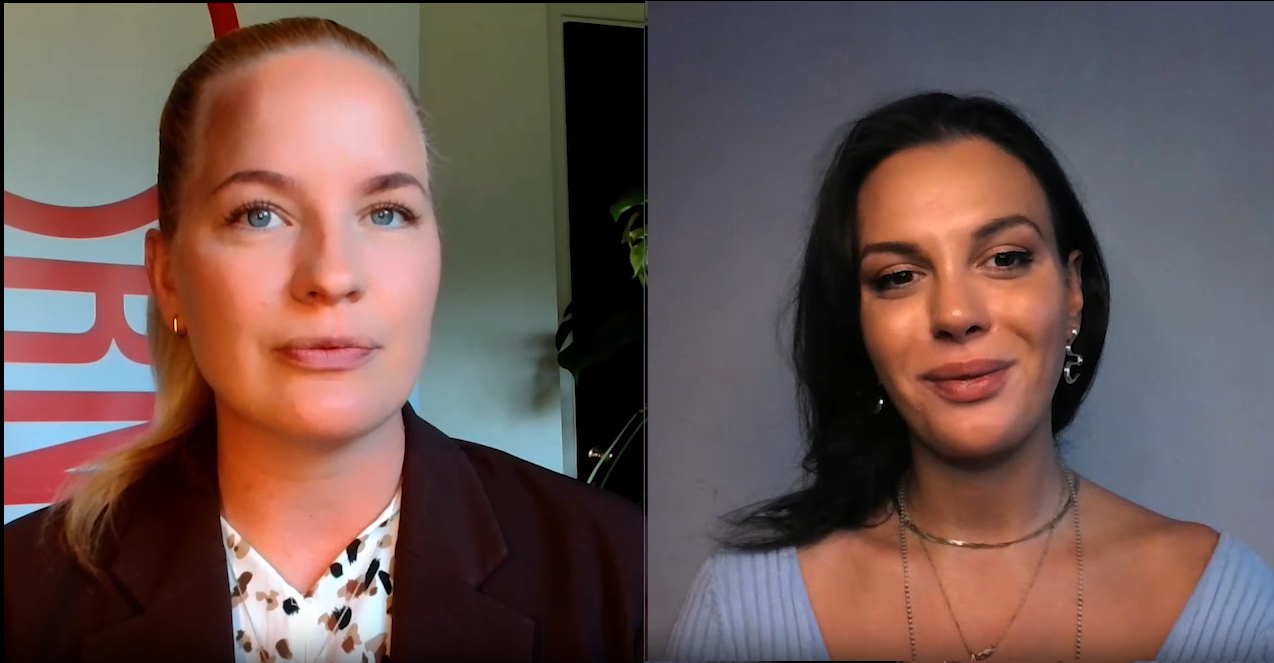Holly Black: Welcome to the Morningstar series, 'Ask the Expert.' I'm Holly Black. With me is John Miller from the Morningstar Manager Research team. Hello.
Jonathan Miller: Hi, Holly.
Black: So, we are here today because you're changing the Morningstar Analyst Rating system. This is the Gold, Silver, Bronze, Neutral, Negative badge that you put on certain funds. We're still going to have those badges but the way you arrive at those conclusions is changing. Why are we doing it?
Miller: Yes. So ultimately, when we look at what's going on in the world of investing, fees, as we all know, can be a drag on your returns. Now up until now, with our qualitative assessment, as you said, the five different ratings runs. When we look to a fund, funds got different pricing, you can have clean share classes with distribution fees included. So a fund could have multiple share classes with different fee levels previously, up until now we've rated a fund and then every single share classes have the same rating. Now going forward from 31st of October, when we analyze the fund, different share classes might have different ratings, and that's ultimately down to the drag that price and fees can have.
Black: So, that means a clean share class is probably going to get better rating than an old bundled share class where you're still paying a commission.
Miller: Yes. When you look at other, most sectors like UK equities, for example, at the moment, investors in clean share classes on an asset-weighted basis might be paying around 85 basis points, according to the numbers that we've looked at, so 0.85%. When you look to investors that might still be in the bundled share classes where commissions or much recessions are, it's 1.5%. So when you look at that differential, we think that there could be instances and when we're reviewing funds, that that's enough of a difference that the more expensive share class can have a lower rating than a clean share class. So ultimately, it's about better signaling for investors on where the differences are, and hopefully better outcomes as well.
Black: So, it's not all just about price there, you're changing some other aspects of how you arrive at your analyst ratings.
Miller: Yes, there were enhancements really, and they reflect on the work we've done since launching analyst ratings number of years ago. And we want to make sure that the golds, bronze, silvers have differentiation. And that the neutral, where we feel there's less chance of outperforming and negatives, where we've got, obviously a negative view, you get clear differences across the rating spectrum, which help investors with their outcomes. Really, what that means is the people, process and parent, the real qualitative aspects that you can focus on as an analyst, we're going to continue that march. And really, it's going to be all about that in the analysis that we produce on a qualitative basis. And then the fees come out in the wash as and when you see the different share classes and the different fee structures that exist.
Black: So what does this mean in effect for fund ratings, are we going to suddenly see all the gold taken away?
Miller: I think, from that point of view the message is, people shouldn't fret in the UK, especially, when you were investing today, clean share classes is the way forward. And from the work we've done in terms of testing what the outputs might look like, we see the clean share classes tend to maintain their rating. And then there's some more expensive share classes, say the bundled share classes, and that might see a differentiation in terms of a lower one. So, you shouldn't be seeing a whole set of change. But still, when we're going to review the managers, and that, the three pillars now in effect, is what we're going to hugging in on. And then also, when we look at each pillar, the kind of messaging we give of our view is going to be more transparent. So. whether it's low, all the way through to high, below average, average or below average, we're going to be clear in the differentiation we see across those pillars now as well.
Black: Well, thank you so much for your time.
Miller: You're welcome.
Black: Thanks for joining us.




























